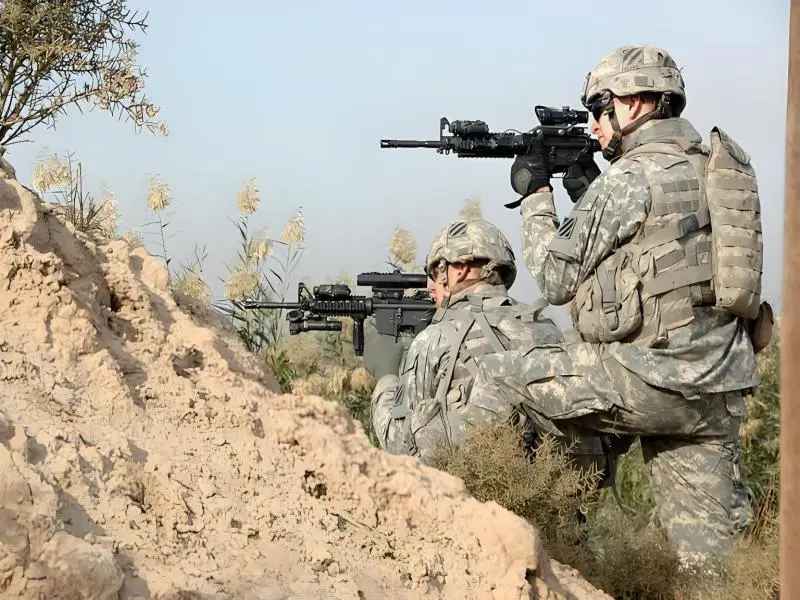- The US Army is developing a new generation of robotic mules to lighten soldiers’ loads, with contracts awarded to two companies this week.
- The S-MET II is designed to carry a payload of up to one ton, doubling the capacity of the original S-MET, to reduce the physical burden on soldiers and increase combat effectiveness.
OUR TAKE
The US Army’s move to develop the next-generation S-MET II robotic mules reflects a strategic pivot towards modernising military logistics. By leveraging advanced robotics, the Army aims to alleviate the physical strain on soldiers and enhance operational efficiency. This initiative not only addresses the immediate needs of troop support but also positions the military at the forefront of technological innovation, potentially setting a precedent for future defence systems. The focus on increased payload, reduced noise, and improved modularity underscores a commitment to advancing both the capacity and the flexibility of ground support operations.
–Rebecca Xu, BTW reporter
What happened
The US Army has awarded contracts to American Rheinmetall Vehicles and HDT Expeditionary Systems this week for the development of the next generation of equipment-hauling robots, known as the Small Multipurpose Equipment Transport Increment II (S-MET II). The new robotic mules are designed to carry a literal ton of gear, significantly more than the original S-MET’s 500 pounds capacity.
The S-MET II will not only be able to carry heavier loads but is also expected to be quieter, with improved power export capabilities to support modern mission payloads like unmanned air systems. The new system will feature a modular design, enabling it to serve as a hub for a wireless mesh network and offer “worldwide grid charging” capabilities.
The contract is a continuation of the US Army’s efforts to reduce physical burdens on soldiers and enhance combat effectiveness by shifting the load to robotic platforms. The S-MET II aims to address capability gaps associated with excessive physical burdens, recharging batteries during continuous operations, and reducing sustainment burden for semi-independent operations.
Also read: US Senate recommends blockchain testing for national security
Also read: Musk’s X makes peace in Brazil feud
Why it’s important
The development of the S-MET II is crucial for the evolution of military logistics and the enhancement of soldier welfare. By increasing the payload capacity and incorporating advanced features like quiet operation and modular design, the US Army is not only improving the physical comfort of soldiers but also boosting the tactical advantages of ground operations. This initiative is significant as it aligns with the broader trend of military modernisation, which leverages technology to increase efficiency, reduce casualties, and maintain a competitive edge on the battlefield.
Furthermore, the S-MET II’s capabilities could lead to innovations in autonomous systems and robotics that have applications beyond military use, influencing fields like disaster relief, cargo transportation, and beyond.

